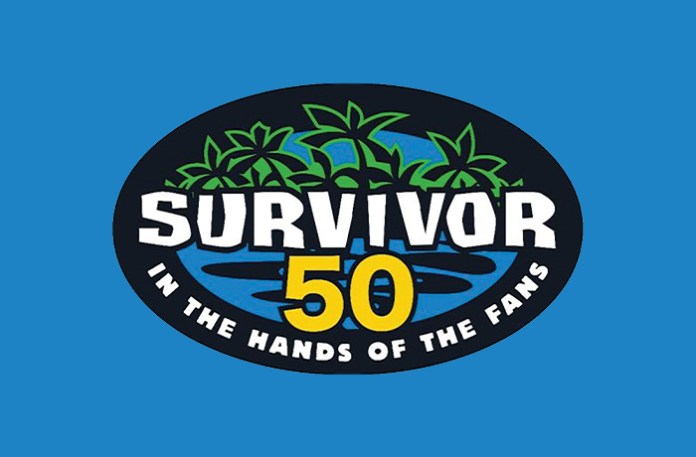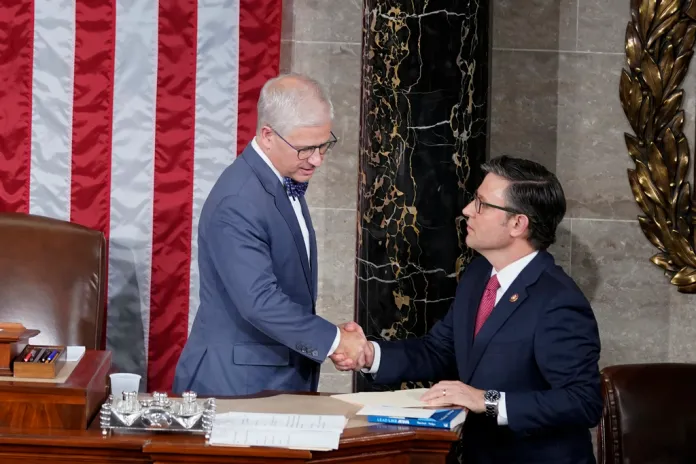The deeper meaning of Love Island USA’s runaway success for our era of TV – Washington Examiner
The article discusses the rise of “Love Island USA” and its cultural significance in the current landscape of reality television. It reflects on how the show’s success has transformed its contestants into professional influencers, while also critiquing how reality TV has evolved to become scripted and heavily directed over time. The original “Love Island” began in the UK in 2005 and has spawned numerous international versions, but the article argues that the format has deteriorated with increased commercialization and expectations. Contestants are now preparing for the show as a career path, with strategies focused more on gaining fame and brand deals rather than genuine connections. The piece provides insights into changes in contestant behavior and restrictions, such as limits on smoking and drinking, which further illustrate the shift in reality TV dynamics. “Love Island USA” is presented as a more authentic and enjoyable experience amidst a reality genre that often feels manipulated.
The deeper meaning of Love Island USA’s runaway success for our era of TV
Have you ever watched a TV show that got too big? Earlier this year I watched The OC for the first time, the 2003 hit soap opera that followed the familial lives of California millionaires and redefined the “teen drama” as something that the whole family would sit and watch together. It was great. That is until the end of season two, when it picked up a cult following and, as a result, was injected with cash, fancy camera angles, complex plot lines, and sponsorships.
When shows get too big, they get silly. Or, worse, their characters and showrunners start to understand their own earning potential and begin performing for the audience or advertisers or the brand deals that they could capture when they act a certain way. It’s why most of modern reality TV, after a couple of decades to really establish itself as a genre, is now at least partially scripted and always heavily directed. And it’s why the sixth season of Love Island USA, the first of its franchise to really make an impression on audiences after a plethora of teething problems in its first few years, is the most authentic and fun watch of any reality TV airing right now.
A brief history for those who don’t know: Love Island began in 2005 in the United Kingdom as a dating reality show for D-list celebrities. “Islanders” would couple up with another contestant, spend five weeks on a Fijian island and, after various challenges, public votes, saucy snogs, and constant surveillance, the final couple remaining would win $130,000. In 2015, the same concept birthed Love Island, a version of the show for normies that became such a success that it led to 22 countries making their own versions, including Love Island Israel, which premiered Aug. 10, and, in 2019, Love Island USA.
The original Love Island, the U.K. version, just wrapped up its 11th season and garnered 3.4 million viewers for its finale. It is so established in British culture that it has formed its own lexicon. “He’s my type, on paper,” became a meme-worthy catchphrase after it was first said on the show so long ago that no one remembers when. “Can I pull you for a chat?” became the habitual way that contestants would ask other islanders for a formal conversation about their romantic prospects. These Britishisms have even spread to other franchises, noticeably Love Island Australia and Love Island USA, which, this year, for some reason, is littered with Brits. Love Island-branded water bottles, the same ones used by the contestants throughout the show to hydrate against the island’s heat, are often sold out from the official merchandise store. They are such a big hit that my own mother, an infrequent and far-from-dedicated fan, has one.
While it may have paved the way, after nearly a decade, Britain’s Love Island is now too big. Being an Islander is now a career path, rather than something somebody does as an interlude, kind of as a joke, before they go back to their real life. Now, teenagers and twentysomethings all over the U.K. study and prepare to become a Love Island contestant: That is their real life. They change their faces, learn the lingo, and build the following required to be invited to the island — most contestants are now selected from modeling agencies or Instagram. They play the game in a way that is obvious to the viewer — couple up with someone on Day One and, regardless of whether they have a connection or not, stick it out until they’ve garnered enough screen time to get a six-figure deal with a fast-fashion house or enough Instagram followers to pay the bills each month through ads. It’s so foolproof that I’ve considered it myself.
It took a while to get that way, though. The behaved, deliberate Love Island contestants we see nowadays are unrecognizable to the ghosts of earlier seasons’ casts. For one thing, they used to be able to smoke and drink, which allowed them to be filmed in the villa’s smoking area — a place famous for loose lips and dramatic blowouts, fuelled by cheap chardonnay. In 2018, an anti-tobacco group called Action on Smoking and Health put out a study claiming that cigarettes appeared on Love Island every five minutes, with the Lucky Strike packaging in particular showing up onscreen enough to raise questions about paid product placement. This was enough for the broadcaster to cut out smoking on screen completely — this in a late-night program that often depicts half-naked twentysomethings having sex on screen. To make matters worse for the contestants, they’re now limited to a maximum of two alcoholic drinks a day. Amy Hart, who starred in Season 5, confirmed that they were only allowed to have one drink “on a normal night” and on longer stints on camera, they were given two. Most of us watching Love Island at home are tipsier than the actual contestants who are supposed to be “on a holiday” looking for love.
But while the U.S. Love Islanders are up against the same sanitization as the rest of them, this cast of season six brought back some noughties nostalgia and reminded fans of the good old days. The cast, although as gorgeous and ripped as the Love Island ideal, was messy. Rob Rausch, a denim overall-wearing, professional snake catcher pencil-jumped into the pool after realizing it was the one place he couldn’t be filmed after a heated moment. Kaylor Martin, the Kermit-sounding 22-year-old from Pittsburgh, entered into a high-stakes, on-again-off-again relationship with Brit Aaron, 26, on Day One in the villa, during which she wailed and bawled at least once an episode. Liv Walker, an Australian, became a fan favorite despite never finding a partner she liked, or even tolerated. She didn’t even lie or scheme, as her U.K. counterparts would have to get to the end of the season. Instead, she focused on friendships and fights with the female contestants, acting like a normal twentysomething on vacation with her friends.
It may have taken years, but Love Island USA is now the No. 1 reality series across all streaming platforms in the country with an audience that has doubled since last season. The show is now even getting taken “seriously” beyond the normal critical treatment given to reality content, disregard, with multiple thinkpiece-y writeups in the New York Times and Washington Post. Enjoy it while you can, because if Love Island has taught us anything, it’s that too much success is a bad thing, and it won’t take long for season seven to be littered with selfie-taking Instagram influencers hoping to get their hands on a brand deal.
Kara Kennedy is a freelance writer living in Washington, D.C.
" Conservative News Daily does not always share or support the views and opinions expressed here; they are just those of the writer."




